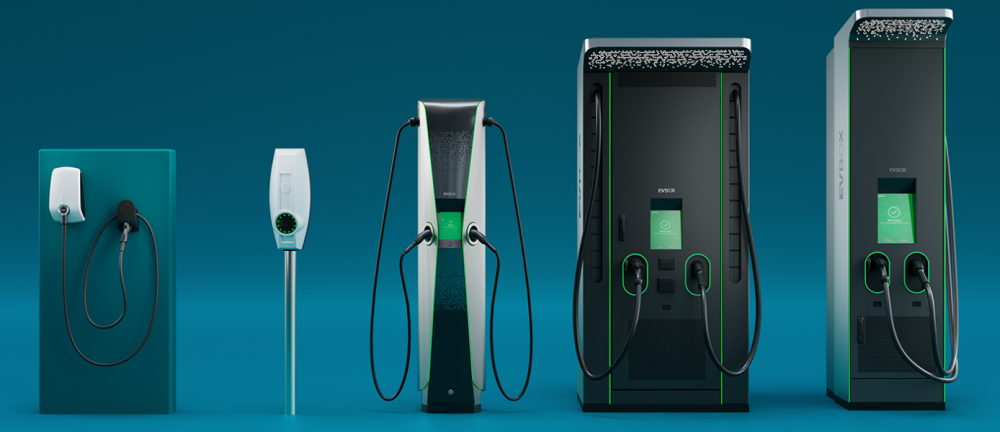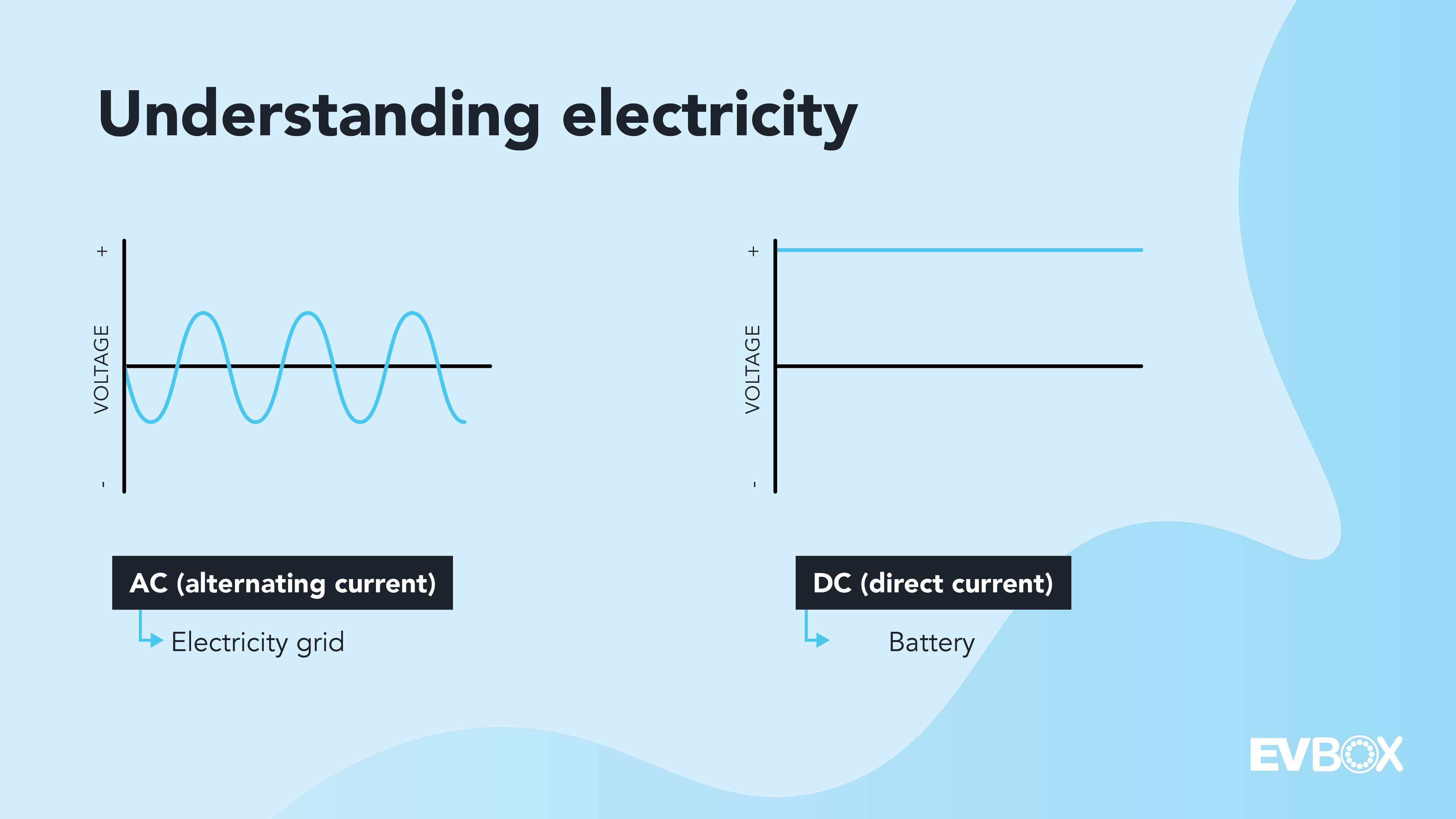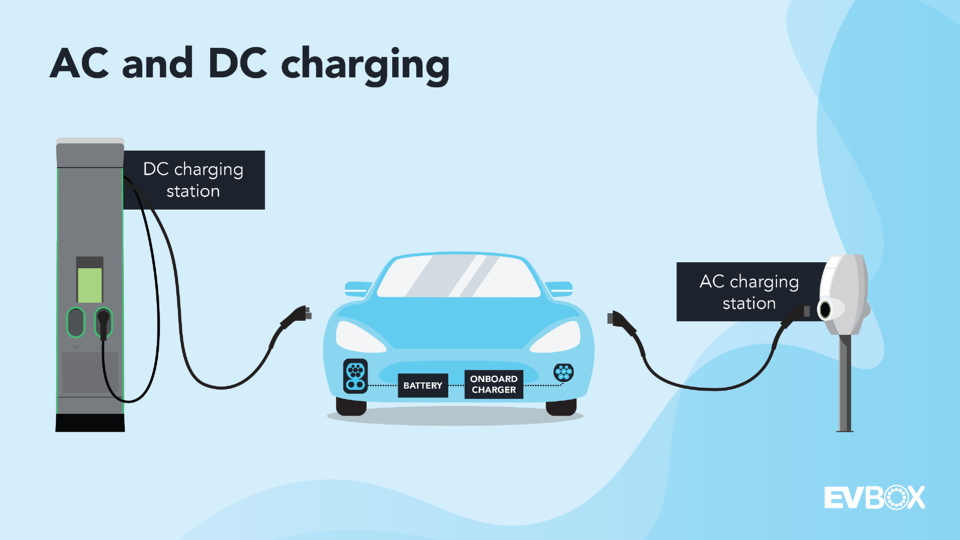EV charging: the difference between AC and DC
When it comes to electric mobility, two separate electrical currents can be used to fuel an electric vehicle (EV)—AC (alternating current) and DC (direct current).

When it comes to electric mobility, two separate electrical currents can be used to fuel an electric vehicle (EV)—AC (alternating current) and DC (direct current). But, before we dive in, there are two things you should keep in mind:
- The power that comes from the grid, i.e., your domestic socket, is always AC (alternating current).
- The energy that is stored in batteries is always DC (direct current).
AC and DC, not AC/DC
AC and DC are two entirely different types of electrical current. Both travel in different directions, flow at different speeds, and have different applications. AC/DC are a hard rock band that, despite having an album titled “High Voltage,” have nothing to do with electrical currents or EV charging.
AC is an electrical current, or flow of charge, that periodically changes direction, i.e., it alternates. AC power can be generated from renewable sources that use rotating generators, such as wind or hydropower turbines. AC can also be efficiently transported over long distances—which is why virtually all of the world’s electricity grids use AC power, and why you can find AC power in your home and office.
DC always moves in a straight line and can be generated by renewable power technologies such as solar panels. Among other things, DC can be used for energy storage and LED lighting. Batteries store DC power, and though you may have never realized it, every time you charge your laptop, the charger converts the AC power from the grid into DC power for your laptop’s battery.
In short, we get AC power from the grid and this is converted into DC power so it can be stored in batteries, such as the one used to power an EV.

AC and DC charging in electric mobility
When we talk about charging an EV, the main difference between AC and DC charging is where the conversion from AC to DC happens. No matter whether an EV uses an AC or DC charging station, the EV’s battery will still only store DC energy.
When you use a DC charging station, the conversion from AC (from the grid) to DC happens within the charging station—allowing DC power to flow directly from the station and into the battery. Because the conversion process happens inside the more spacious charging station and not the EV, larger converters can be used to convert AC power from the grid very quickly. As a result, some DC stations can provide up to 350 kW of power and fully charge an EV in 15 minutes.

Other factors that can affect charging speeds include:
- Battery percentage (state of charge)
- State of the EV’s battery
- Weather conditions
AC for the grid and DC for the battery
Both AC and DC are important in the electric mobility world. You get AC power from the grid that is then converted to DC so it can be stored in an EV’s battery. When using an AC charging station, the conversion to DC happens inside the EV via an onboard charger, which is often limited. When using DC fast and ultra-fast charging stations, the conversion happens outside of the EV, using a larger converter.
Want to learn more about our AC and DC charging stations?
We provide a range of charging stations as part of our end-to-end electric vehicle charging solutions for businesses around the world. For a complete list of tech specs and use cases, as well as more information, take a look at our product portfolio designed for every business looking to electrify its operation.

_400_250_s_c1.png)




